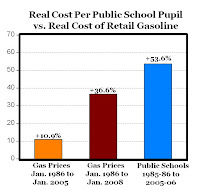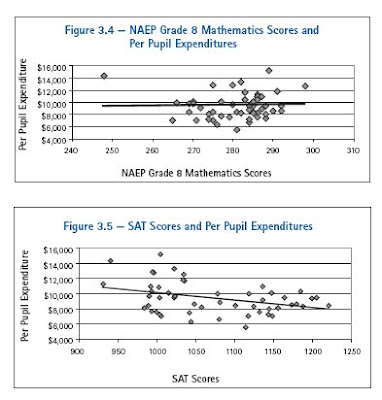Media stories abound with tales of economic hardship. These for the most part have elements of truth, but keep in mind when you read the news that at any time it’s possible to find people in hardship. To know whether you are seeing a trend of just an unfortunate blip, you have to look at the data. Today’s data is: (1) bad but expected, (2) bad but not as bad as expected, and (3) so-so. Let’s start with bad but expected: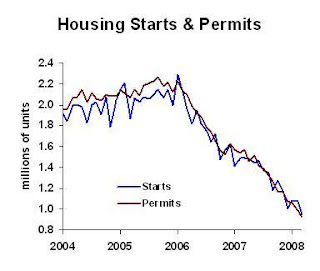 New housing construction continues to fade. Bad news, but a necessary correction with significant excess supply of housing. Now for the not as bad as expected:
New housing construction continues to fade. Bad news, but a necessary correction with significant excess supply of housing. Now for the not as bad as expected: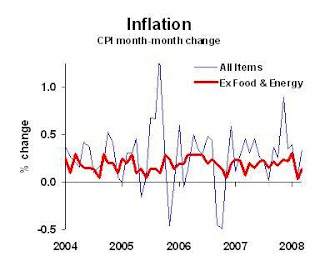 The inflation rate outside of food and energy is not as bad as most expected. There were also major concerns that we would start seeing inflation rising not just in food and energy, but generally across the economy. This isn’t happening right now.
The inflation rate outside of food and energy is not as bad as most expected. There were also major concerns that we would start seeing inflation rising not just in food and energy, but generally across the economy. This isn’t happening right now.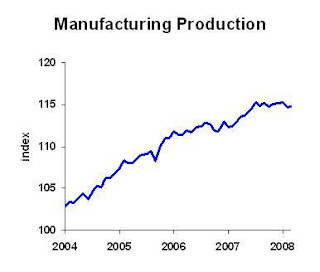 Manufacturing production is basically unchanged in recent months. That’s not good, not bad, but consider this: Any news that isn’t bad these days, is good news.
Manufacturing production is basically unchanged in recent months. That’s not good, not bad, but consider this: Any news that isn’t bad these days, is good news.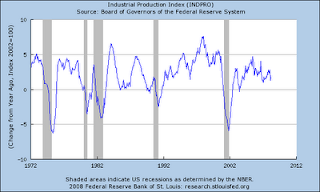 One last data observation — someone obviously forgot to tell the IPI data that we’re in recession (click graph above for larger image).
One last data observation — someone obviously forgot to tell the IPI data that we’re in recession (click graph above for larger image).
Bottom line: The economy is NOT collapsing, despite all the doom and gloom in the press. The economy is certainly not booming, and some folks are in distress [regionally], but overall things are not so bad. Yesterday about four million people in the United States went to McDonald’s to eat. That wasn’t news, because most days there are about four million people going to McDonald’s. It’s not an economic boom, but neither is it a bust.
My discussions with growers, landscapers, and retailers continues to reinforce the importance of differentiation. Those who are providing a uniquely definable value proposition say they are holding their own and some even reporting a profitable spring thus far. Those who aren’t, … aren’t. And by the way, the folks who are doing good business so far are NOT discounting prices. How do I know this? I asked them. Anecdotal evidence, yes, but telling nonetheless.
Business planning implications: Don’t hunker down too much. In fact, it’s time to do your economic contingency planning for an upturn in the economy.
